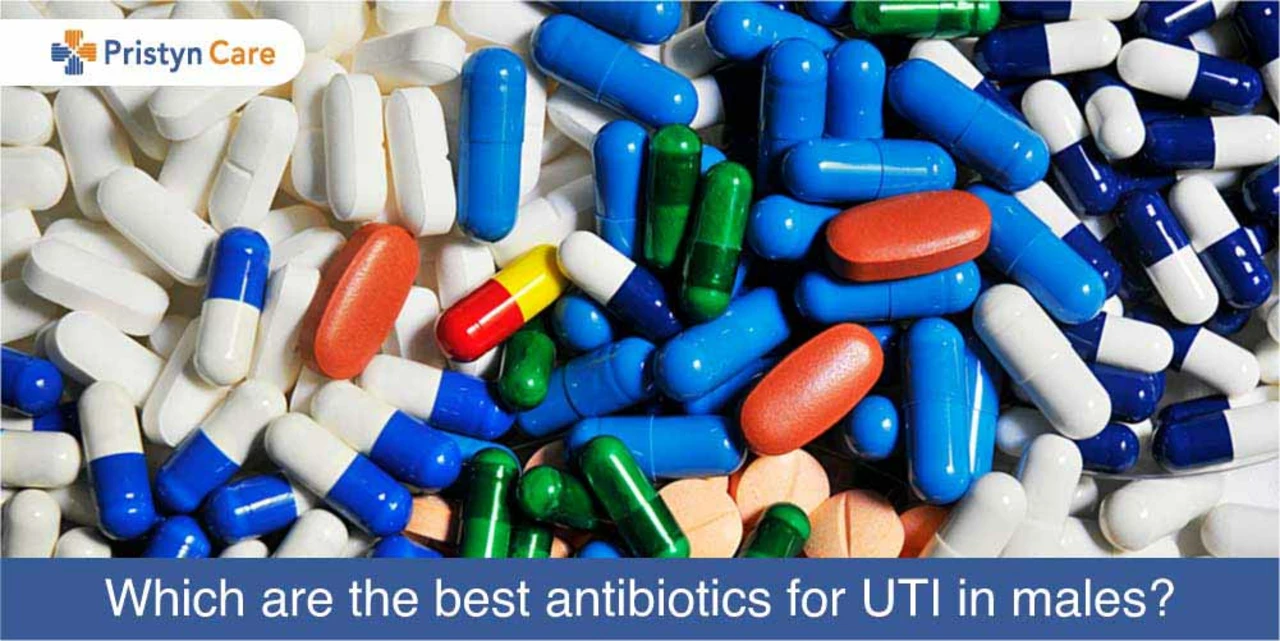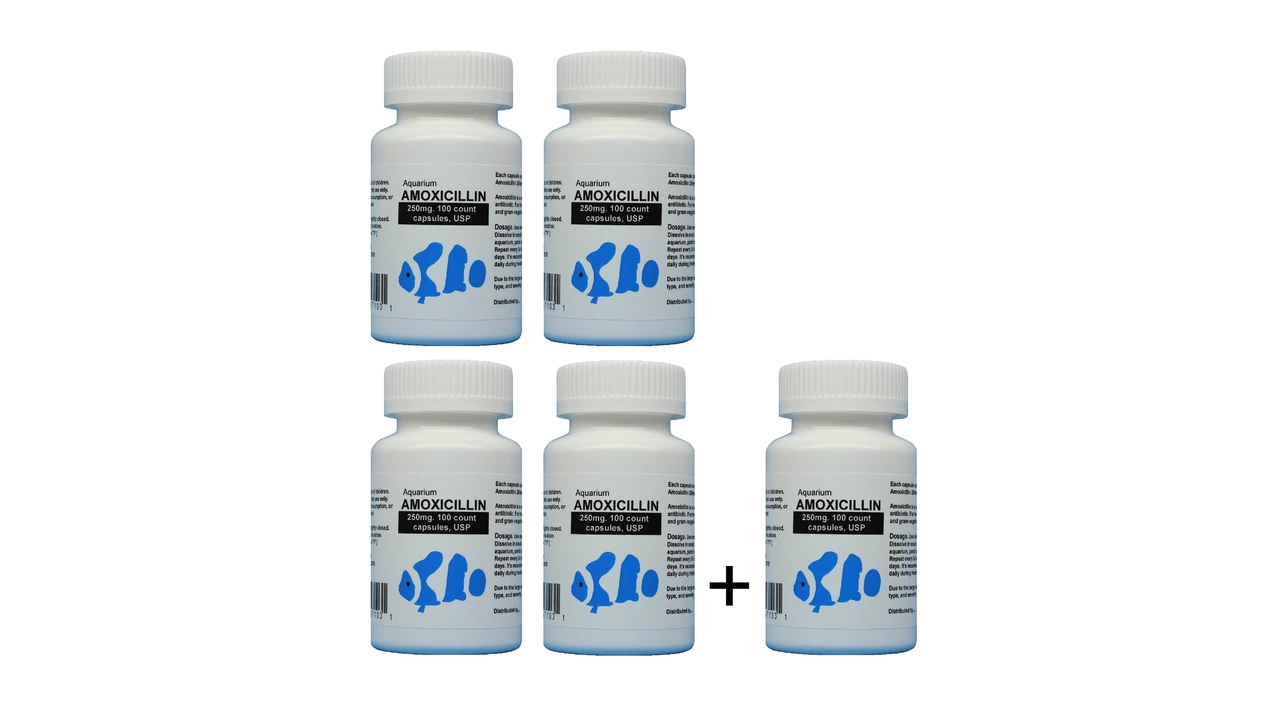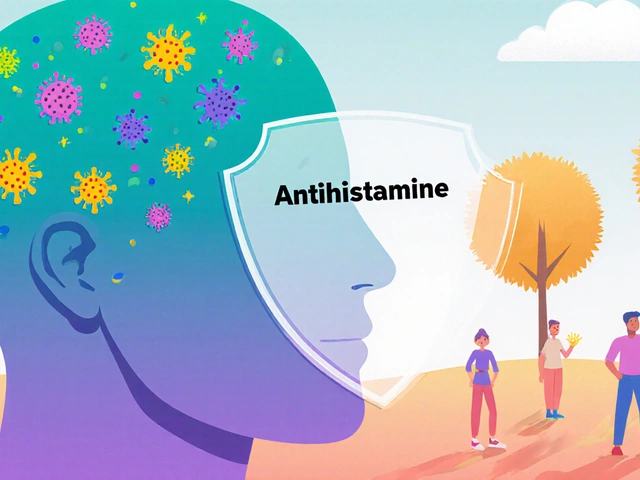Frumil (Amiloride+Furosemide) vs Other Diuretics: Detailed Comparison
September 28 2025Ampicillin: Straight Answers on Uses, Doses, and Safety
Antibiotics like ampicillin changed medicine, but they’re not a one-size-fits-all fix. Ampicillin is a penicillin-type antibiotic used for several bacterial infections — from some ear and throat infections to urinary tract and certain abdominal infections. This page gives practical, simple facts so you know when ampicillin might be used, how it’s usually taken, and what to watch for.
What ampicillin treats and how it works
Ampicillin kills or stops the growth of bacteria that are sensitive to it. Doctors prescribe it for infections caused by specific strains of bacteria: some throat infections, middle ear infections, urinary tract infections, and a few abdominal or skin infections. It won’t work for viral illnesses like colds or the flu. Lab tests (culture and sensitivity) often guide whether ampicillin is a good choice for a particular infection.
It comes in oral capsules or liquid, and sometimes as an injection in hospitals. The route depends on how sick someone is and the infection type. Oral ampicillin is handy for outpatient use; injections are for more severe cases or when someone can’t take pills.
Dosing, duration, and common side effects
Doses vary by age, weight, and infection. For adults a common oral dose might be 250–500 mg every 6 hours, but your prescriber will pick the right dose. Kids get weight-based dosing. Take the full prescribed course — stopping early can let bacteria come back stronger. If you miss a dose, take it when you remember unless it’s almost time for the next dose; don’t double up.
Common side effects are mild: stomach upset, diarrhea, nausea, and sometimes a rash. If you get severe diarrhea, high fever, bloody stools, or a rash with breathing problems or swelling, stop taking it and seek medical care right away — those can be signs of serious reactions or C. difficile infection. Allergic reactions to penicillins can be dangerous; tell your doctor if you’ve had hives, swelling, or trouble breathing after penicillin before.
Drug interactions are generally limited but can include methotrexate and oral contraceptives (antibiotics can sometimes reduce contraceptive effectiveness). Also tell your prescriber about kidney problems — dosing may need adjustment.
Antibiotic resistance is real. Don’t push for ampicillin if your provider says it won’t help. Using antibiotics when not needed speeds resistance and can make future infections harder to treat.
Thinking about buying antibiotics online? Make sure the pharmacy is legitimate, requires a prescription, and is properly licensed. Avoid sites that sell prescription meds without a prescription. If you’re unsure, ask your doctor or use verification tools like PharmacyChecker (or national equivalents).
Questions for your prescriber: Is ampicillin the best choice for this infection? How long should I take it? What side effects should I expect? When should I seek urgent care? Keep these in mind so you get safe, effective treatment.
 29 May
29 May
Ampicillin and Gastrointestinal Infections: A Closer Look
Ampicillin is an antibiotic that I recently learned about, and I wanted to share some information with you all, especially regarding its role in treating gastrointestinal infections. This drug belongs to the penicillin family and works effectively against a wide range of bacteria causing such infections. It's fascinating to know that ampicillin can help alleviate symptoms like abdominal pain, diarrhea, and fever by killing the harmful bacteria in our gut. However, it's crucial to remember that antibiotics should be taken only when prescribed by a doctor, as misuse can contribute to antibiotic resistance. In conclusion, ampicillin is a potent weapon against gastrointestinal infections, but let's ensure we use it responsibly.
Read More... 5 May
5 May
Ampicillin for the Treatment of Brucellosis: A Comprehensive Guide
As a blogger, I wanted to share my comprehensive guide on using Ampicillin for the treatment of Brucellosis. Ampicillin is an antibiotic that has proven to be effective in combating this bacterial infection, which affects both humans and animals. In my guide, I discuss the proper dosage and duration of treatment, as well as potential side effects and precautions to consider. I also explore alternative treatment options for those who may be allergic to Ampicillin or unable to take it for other reasons. Overall, I hope this guide serves as a valuable resource for anyone affected by Brucellosis and seeking information on Ampicillin as a treatment option.
Read More...




